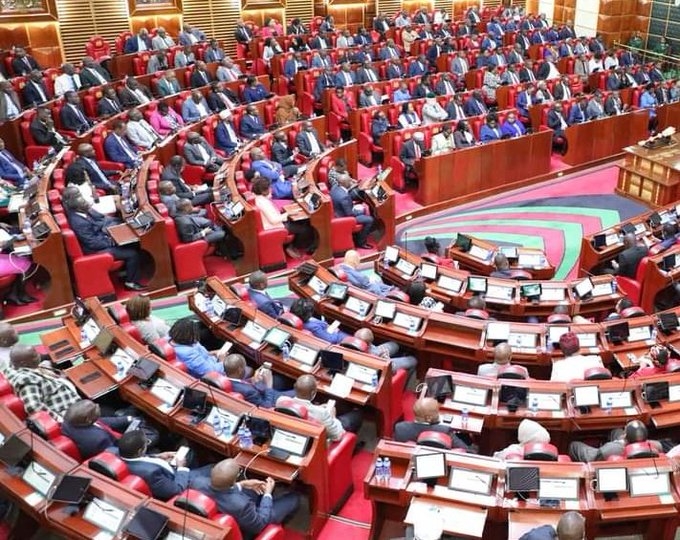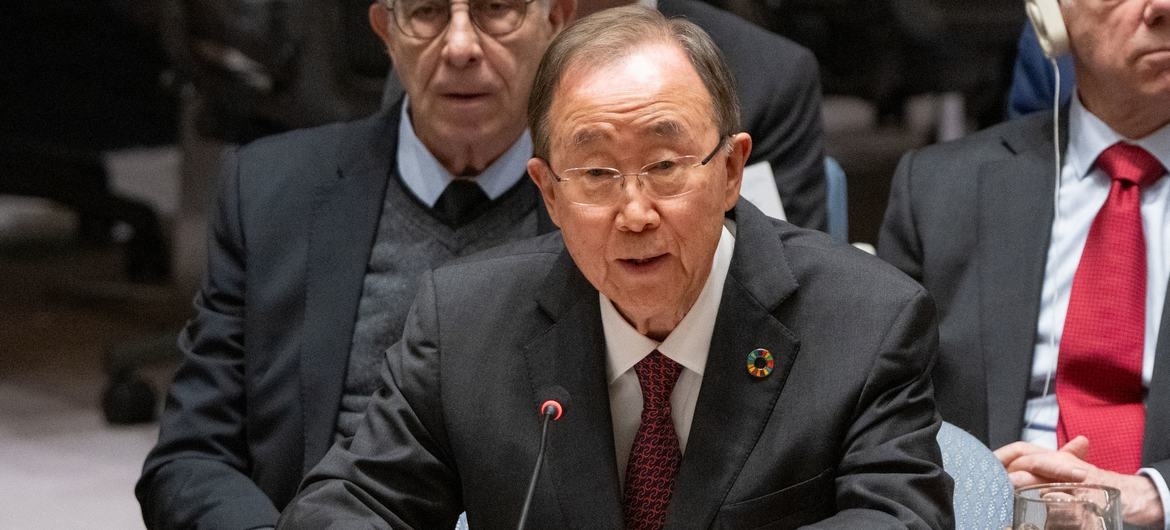Kenya appears on course to cut tobacco use by a third compared to 2013 levels, the World Health Organization says.
However, the country’s progress is undercut by a growing use of addictive nicotine products among adolescents.
The WHO Tobacco Trends report released on Tuesday compares tobacco use from 2013 with the expected prevalence in 2030.
The report shows that 150 countries, among them Kenya, are successfully reducing tobacco use.
About 12 per cent of Kenyans above 15 years were using tobacco in 2013, expected to reduce to seven per cent by 2030, the report suggests.
Kenya’s success came after it enacted the Tobacco Control Act in 2007, and its regulations in 2014, banning tobacco advertising and introducing graphic warnings.
However, the tobacco trends report warns the country’s successes may not last because the industry is flooding the country with new, harmful products such as e-cigarettes and nicotine pouches.
Tobacco use kills about 9,000 Kenyans every year through cancer, heart disease and other non-communicable diseases.
The WHO trends report says even if Kenya continuously reduces tobacco consumption, related deaths will remain high until all the people who formerly used tobacco over a long period in their life, have passed through the years when they are at greatest risk of dying from a tobacco-related illness.
“Countries implementing strong tobacco control measures can expect to wait about 30 years between turning the prevalence rate from increasing to decreasing, and seeing an associated turnaround in the number of deaths due to tobacco,” the WHO said.
“A rising number of deaths therefore is not a sign of failure of tobacco control efforts; rather, it is part of turning the tide for the next generation.”
WHO said smokeless tobacco use is still a concern in many countries where less attention has been paid to reducing the demand for it.
In Kenya, such products include e-cigarettes and highly addictive nicotine pouches, are known to affect brain development of young people and cause abortion in pregnant users.
“Reducing rates of smokeless tobacco use is key to reducing rates of tobacco use in countries where smokeless tobacco products are popular, or on the horizon as the next direction for the industry,” WHO said.
Dr Ruediger Krech, director of WHO Department of Health Promotion, said although good progress has been made in tobacco control in recent years, there is no time for complacency.
"I’m astounded at the depths the tobacco industry will go to pursue profits at the expense of countless lives. We see that the minute a government thinks they have won the fight against tobacco, the tobacco industry seizes the opportunity to manipulate health policies and sell their deadly products," he said in a statement.
WHO urged countries to continue putting in place tobacco control policies and continue to fight against tobacco industry interference.
Currently, Kenya has Africa’s fastest deteriorating tobacco control laws, according to the interference index released in October last year.
The 2023 Africa Tobacco Industry Interference Index, showed Kenya has Africa’s highest level of interference, compared to 2021.
It showed the tobacco industry in the country has audaciously and successfully fought the proper implementation of tobacco control laws.
“Eight countries showed deterioration from their 2021 rankings with Kenya recording the highest level of deterioration,” the new index indicated.
It measures how governments are responding to tobacco industry interference and protecting their public health policies from commercial and vested interests of the industry as required by the WHO’s Framework Convention on Tobacco Control (WHO FCTC).
The interference has enabled the tobacco industry to flood the Kenyan market with unregulated nicotine pouches and other unregulated products such as e-cigarettes.
Recently, MPs asked the Ministry of Health to ban nicotine pouches in Kenya because they flout the Tobacco Control Act.
"The [Health] CS should clarify if the substance has sneaked its way into the Kenyan market as a rebrand of Lyft that was banned by the government in 2019," Sabina Chege said in Parliament recently, referring to the Velo nicotine pouches sold in the country.
The Act requires nicotine and tobacco products to carry graphic and written health warnings in both English and Kiswahili, covering at least 30 per cent of the package.
All the pouches in Kenya currently have no graphic warnings and one brand carries a tiny, largely illegible warning, covering less than 10 per cent of the package.

















